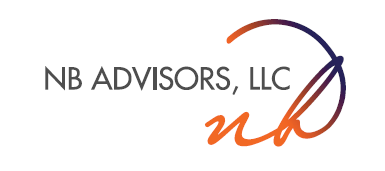Homebuyers now expect energy-efficient features in their homes, and it’s up to you to incorporate those measures into your designs.
Energy efficiency has become one of the most important considerations for modern homebuyers. Why? Because investing in energy-efficient homes is environmentally friendly and it can save homeowners a heap of money. A win-win.
According to the Department of Energy’s Residential Program Solution Center, homeowners can save 5 to 30% on home energy bills if they make the recommended energy updates identified in a home energy assessment.
If you want to capitalize on this energy-saving trend and subsequently increase the value of your homes, consider including some of these energy-efficient features in your building designs.
1. Smart home devices
The Internet of Things industry (IoT) has made a monumental impact on the modern housing market as more and more common household items become connected devices. The connected devices that fall within IoT are connected to wireless internet and help people perform “smart functions” in their homes at any time and from anywhere.
IoT-enabled functions are largely responsible for creating more energy-efficient homes. For example, a smart thermostat, which allows homeowners to control the temperature of their home from a remote location via their smartphone, makes it easier for people to use energy more efficiently, while significantly lowering overall energy use and associated costs while nobody is in the home.
Homeowners can also utilize smart lighting to help reduce their energy use. It can be easy for people to leave everyday lights on when leaving a room or exiting the house, but smart lighting – which can be light fixtures or the light bulbs themselves – can automatically turn off or on when someone leaves or enters a room, or even dim based on the amount of natural light available.
Energy Star points out that using geo-fencing, which allows homeowners to create a virtual boundary around their house, can make smart lighting even more effective by turning lights on or off based on the location of a person’s smartphone.
Connected smart home devices and appliances are making homes much more energy-efficient and thus more valuable to homebuyers, who are willing to pay more for homes with these types of features.
2. Solar energy
Another big trend in energy-efficient home design is the integration of solar power, which harnesses the energy from the sun to help homeowners create a more sustainable lifestyle and save money on their bills.
Solar power can be used for things like water heating and electricity, and, according to Energy.gov, home designers can actually use local climate conditions to use passive solar heating and cooling techniques to reduce home energy usage and associated costs. The key to successfully incorporating renewable energy systems into homes is to also remain mindful of things like insulation, the location of windows, and auxiliary heating and cooling systems.
According to the Solar Energy Industries Association, in the last 10 years, the solar market has seen an average annual growth rate of 50%, and in 2018, generated a $17 billion investment in the American economy.
If solar power is not feasible, consider using cool roofs, which reflect more sunlight and absorb less heat, also creating more energy-efficient systems within the home.
3. Windows
Windows are traditionally a large source of lost energy, but according to a survey from the National Association of Home Builders (NAHB), modern buyers prefer to have energy-efficient windows on their homes. More specifically, people want Energy Star rated, high-performance windows that keep heat in during cold winter months, and out during hot summer months.
In addition, high-performance windows block ultraviolet sunlight, which can be damaging to a home’s interior, like fading the color of carpets, for example.
Benefits of energy-efficient features
Some of the most significant benefits of incorporating energy-efficient features into home designs include:
- Added convenience and comfort for homebuyers
- Increased home value
- Reduced utility bills
- Reduced carbon footprint (in 2018, the residential and commercial sectors made up around 40% of the total U.S. energy consumption)
Considering the energy-efficient features discussed above will help to keep your business moving forward, both financially and technologically.
When you’re assessing your investments and cash flow, it’s smart to sit down with an advisor who can help you create a successful strategy. Our team at No Boundaries Advisors provides services like business planning, accounting, compliance, and profitability consulting. Contact us today to learn more.



